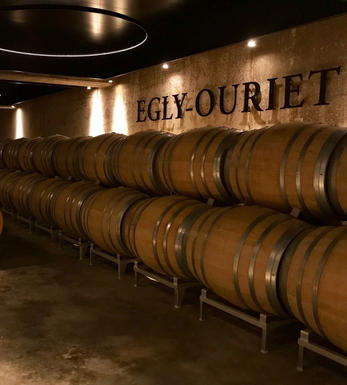
2008 Champagne Egly-Ouriet, Grand Cru, Brut

About this WINE

Champagne Egly-Ouriet
The history of Champagne Egly-Ouriet dates back to the late 18th century when the Egly family began cultivating vineyards in the Montagne de Reims region, known for its prime Champagne terroir. However, in the 20th century, the estate gained recognition under the leadership of Francis Egly, who took over the family business in the 1980s.
Champagne Egly-Ouriet is known for its dedication to traditional and meticulous winemaking methods. They focus on producing single-vineyard, vintage Champagnes, emphasising terroir expression and each vineyard parcel’s unique characteristics. The estate owns and manages vineyards in some of the most prestigious areas of Champagne, including Ambonnay, Bouzy, Verzenay, and others. These Grand Cru and Premier Cru vineyards are known for their high-quality Pinot Noir and Chardonnay grapes, the primary varieties used in Champagne production.
Champagne Egly-Ouriet has embraced biodynamic farming practices, prioritising organic and sustainable agriculture. These practices aim to enhance the overall health of the vineyards, improve grape quality, and reflect the unique terroir in the final wines. The winery follows a minimalist approach in the cellar, using natural yeasts for fermentation and avoiding excessive manipulation of the wines. This approach allows the grapes’ natural characteristics to shine through in the final Champagne.

Brut Champagne
Brut denotes a dry style of Champagne (less than 15 grams per litre). Most Champagne is non-vintage, produced from a blend from different years. The non-vintage blend is always based predominately on wines made from the current harvest, enriched with aged wines (their proportion and age varies by brand) from earlier harvests, which impart an additional level of complexity to the end wine. Champagnes from a single vintage are labelled with the year reference and with the description Millésimé.
Non-vintage Champagnes can improve with short-term ageing (typically two to three years), while vintages can develop over much longer periods (five to 30 years). The most exquisite and often top-priced expression of a house’s style is referred to as Prestige Cuvée. Famous examples include Louis Roederer's Cristal, Moët & Chandon's Dom Pérignon, and Pol Roger's Cuvée Sir Winston Churchill.
Recommended Producers : Krug, Billecart Salmon, Pol Roger, Bollinger, Salon, Gosset, Pierre Péters, Ruinart

Pinot Noir
Pinot Noir is probably the most frustrating, and at times infuriating, wine grape in the world. However when it is successful, it can produce some of the most sublime wines known to man. This thin-skinned grape which grows in small, tight bunches performs well on well-drained, deepish limestone based subsoils as are found on Burgundy's Côte d'Or.
Pinot Noir is more susceptible than other varieties to over cropping - concentration and varietal character disappear rapidly if yields are excessive and yields as little as 25hl/ha are the norm for some climats of the Côte d`Or.
Because of the thinness of the skins, Pinot Noir wines are lighter in colour, body and tannins. However the best wines have grip, complexity and an intensity of fruit seldom found in wine from other grapes. Young Pinot Noir can smell almost sweet, redolent with freshly crushed raspberries, cherries and redcurrants. When mature, the best wines develop a sensuous, silky mouth feel with the fruit flavours deepening and gamey "sous-bois" nuances emerging.
The best examples are still found in Burgundy, although Pinot Noir`s key role in Champagne should not be forgotten. It is grown throughout the world with notable success in the Carneros and Russian River Valley districts of California, and the Martinborough and Central Otago regions of New Zealand.


Buying options
Add to wishlist
wine at a glance
Delivery and quality guarantee